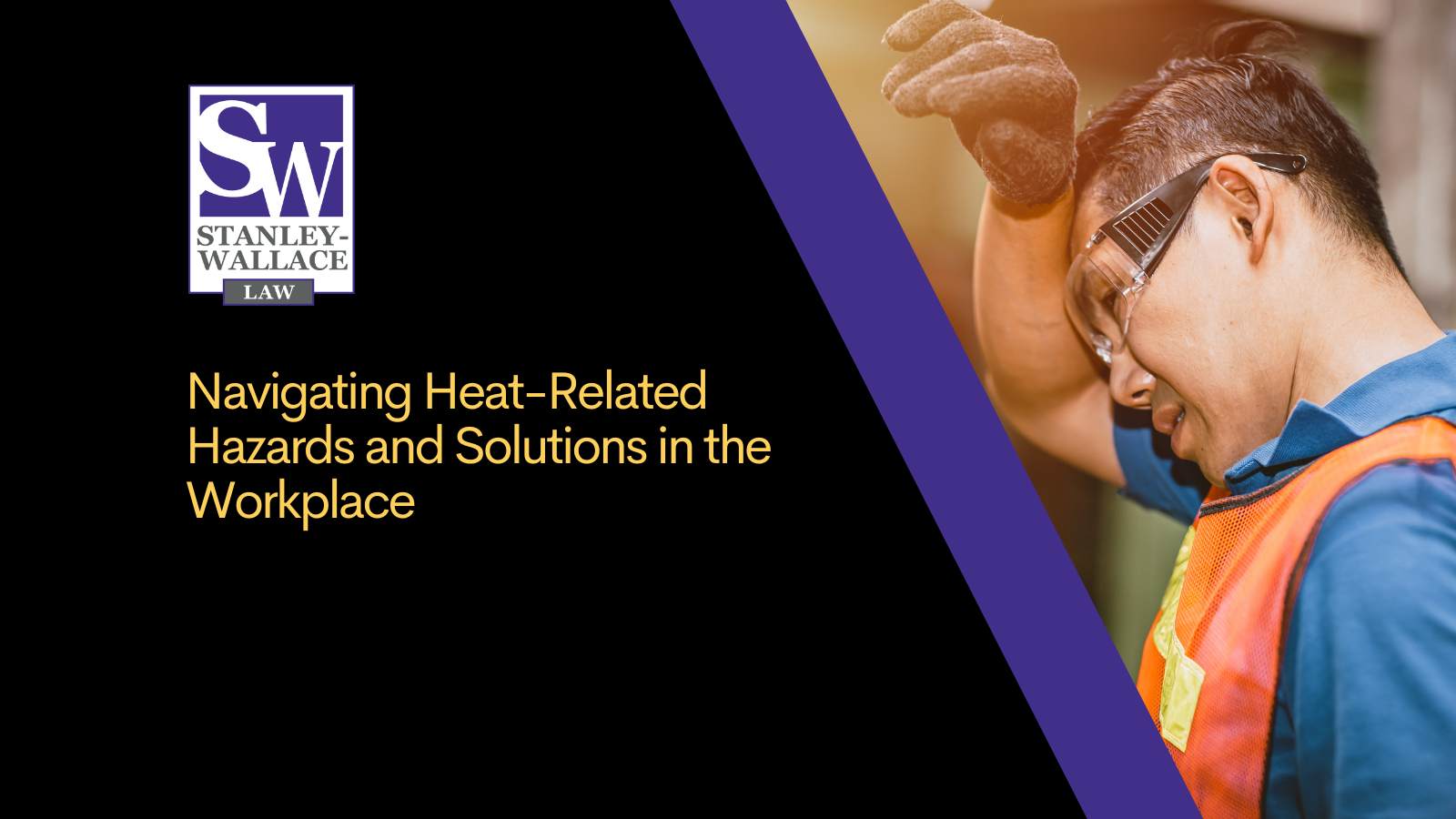As an attorney who has represented numerous Louisiana Worker’s Compensation cases, I’ve seen firsthand the importance of addressing heat-related hazards to ensure the well-being of employees. High temperatures can lead to a range of health risks for employees, including heat, exhaustion, heat, stroke, and dehydration. Prolonged exposure to heat can impair Cognitive function, reduce productivity, and even result in serious medical emergencies. Certain industries, such as construction, HVAC, agriculture, and manufacturing are all particularly susceptible due to the nature of the work environments.
Solutions for Employers
- Implement a heat illness prevention program (HIPP): Employees should develop and implement a comprehensive, HIPP that addresses risk assessment, communication, and protective measures. This program should outline guidelines for monitoring weather conditions, adjusting work schedules, providing rest breaks, and training employees on recognizing and responding to heat-related illnesses.
- Engineering Controls: Implementing engineering controls, such as proper ventilation, shading, and insulation can help mitigate excessive heat exposure. For outdoor worksites erecting temporary shelters and cooling stations can provide employees with a place to rest and cool down.
- Hydration Stations: Encourage frequent hydration by providing easily accessible water stations throughout the workplace. Encourage employees to drink water regularly, even if they don’t feel thirsty, as thirst is not always an accurate indicator of hydration status.
- Work Schedule Adjustments: Whenever possible, schedule demanding tasks during cooler parts of the day. Rotate job tasks to reduce prolonged exposure to heat and allow employees to recover in cooler areas.
- Personal Protective Equipment (PPE): Provide appropriate PPE, that doesn’t exacerbate heat stress. Lightweight and breathable clothing that offers sun protection can help minimize heat-related risks while ensuring employee safety.
- Training and Education: Educate employees about the risk of heat-related illnesses, the importance of staying hydrated, and the early signs of heat stress. Encourage a culture of looking out for each other and reporting symptoms promptly.
- Emergency Response: Establish clear procedures for responding to heat-related emergencies, including contacting medical professionals, providing first aid, and ensuring prompt transportation to medical facilities, if necessary.
Legal Implications
Employees have a legal obligation to provide a safe work environment under Occupational Safety and Health Administration (OSHA) regulations. Failure to address heat-related hazards can lead to fines, lawsuits, and damage to a company’s reputation. Proactive measures not only protect employees but also shield employers from legal liabilities.


